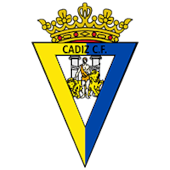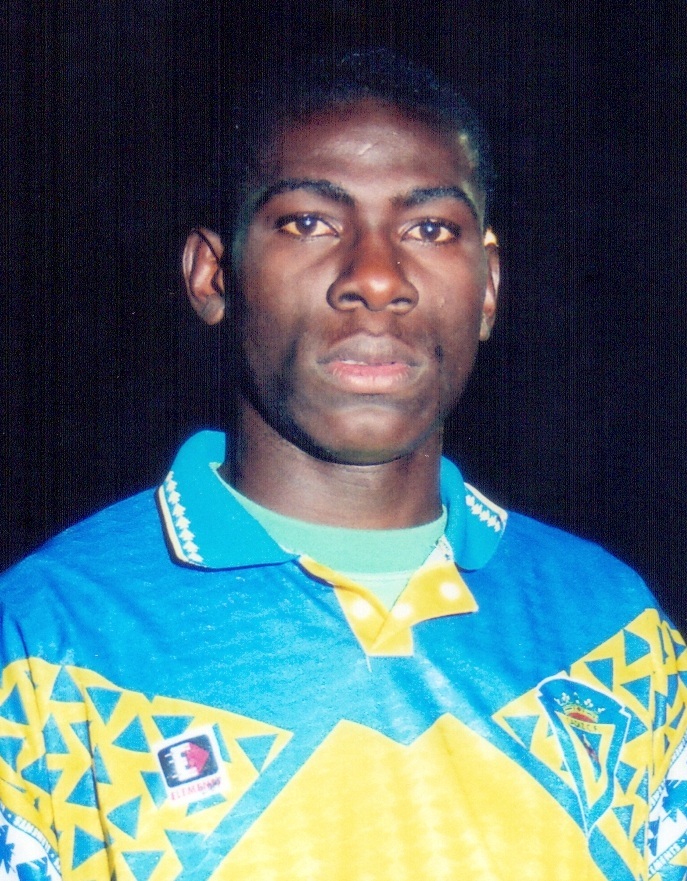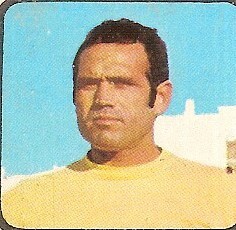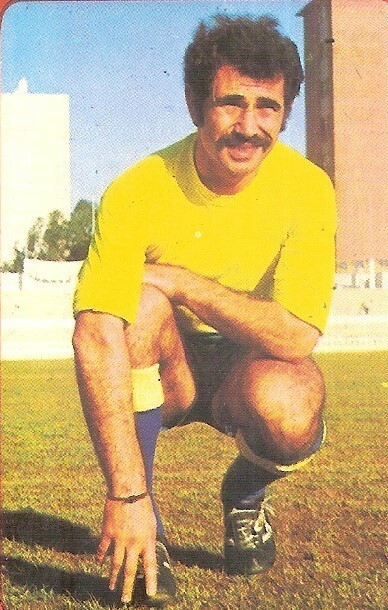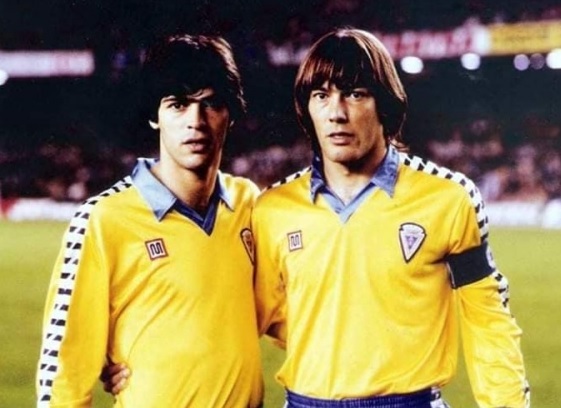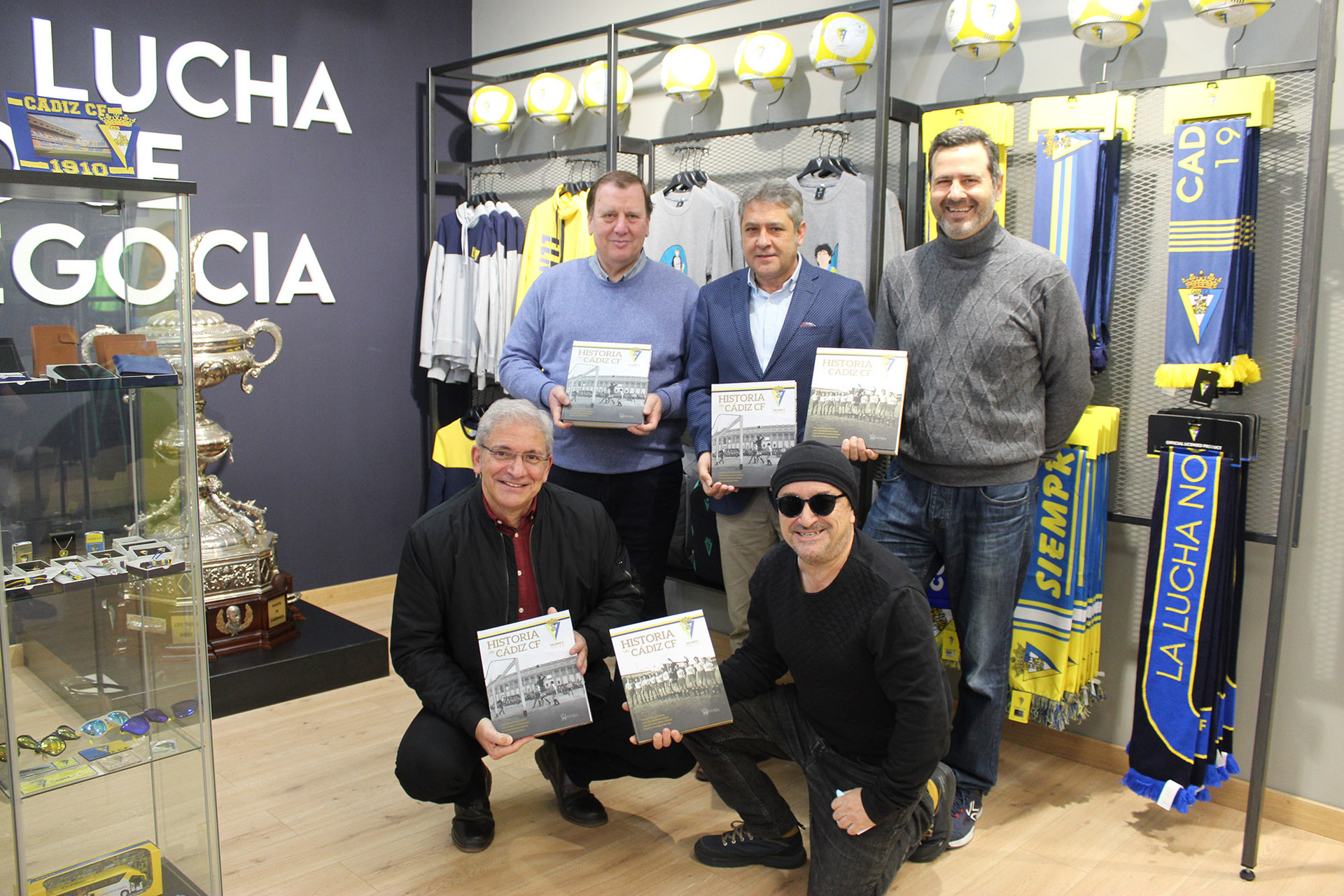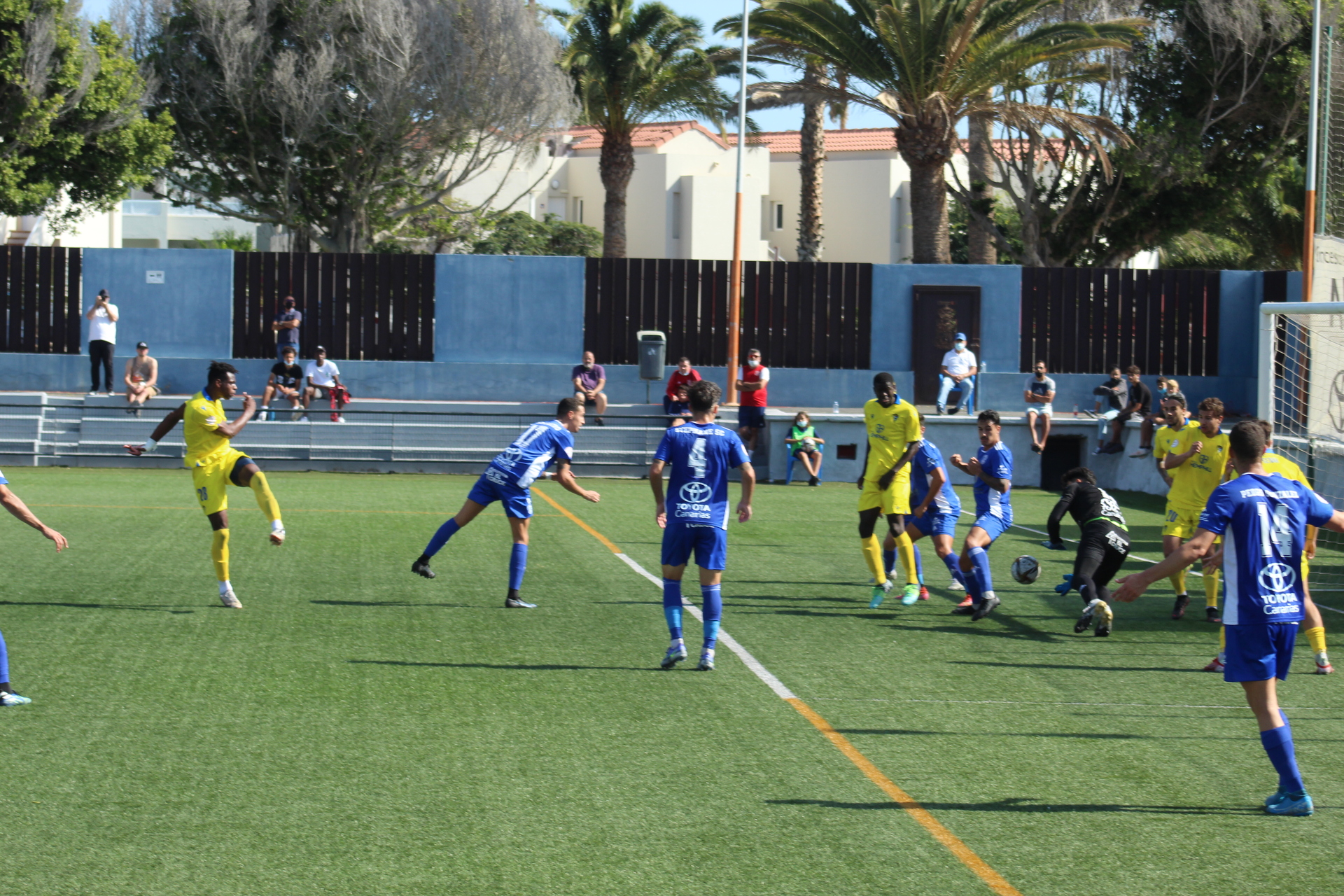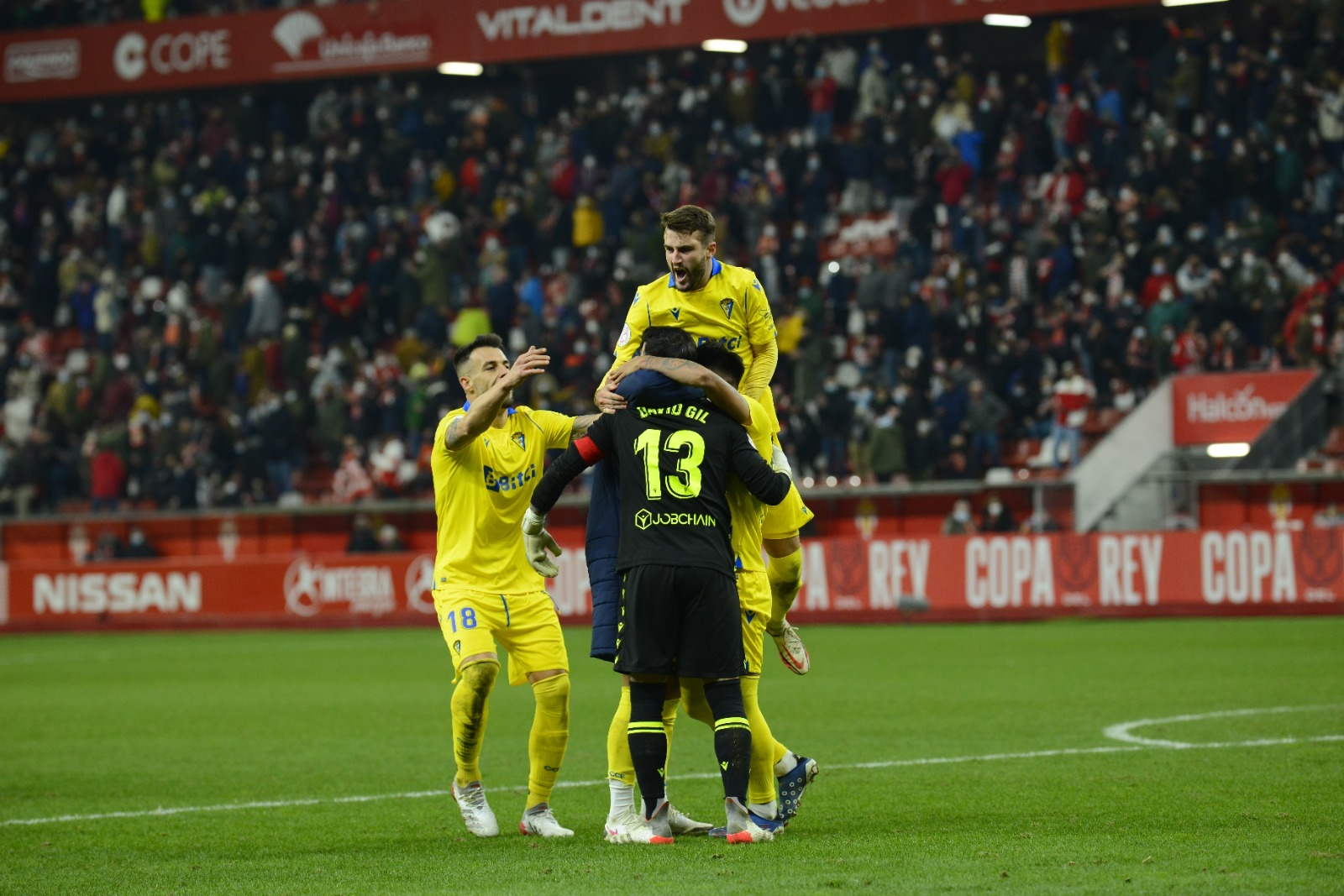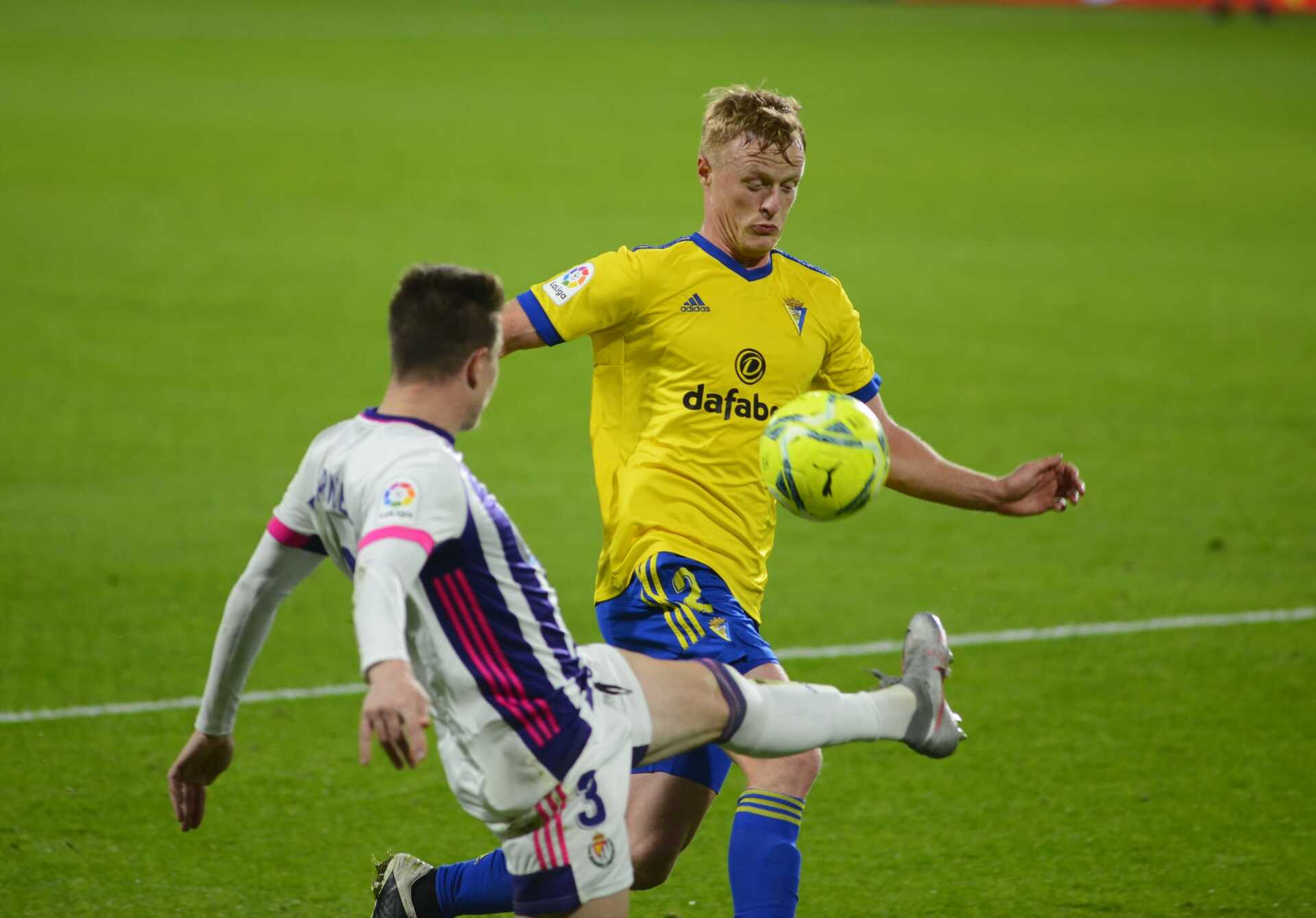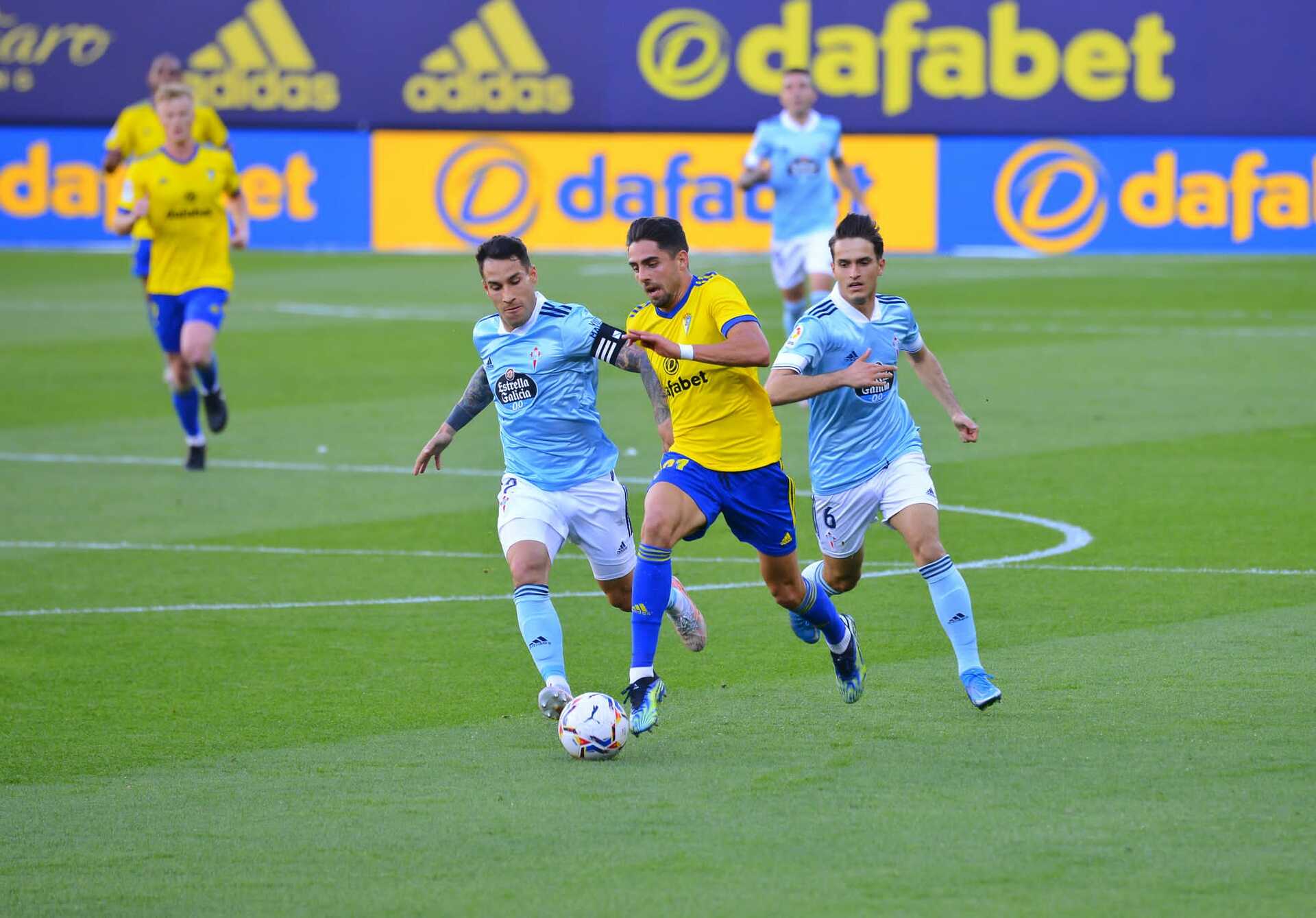During the 1993-94 season, Cádiz CF set their sights on foreign talent as they sought to strengthen their side, amid a battle to get their Segunda División campaign back on track and stave off relegation to Segunda División B, the regionalised third tier of Spain’s league pyramid.
On 28 November 1993, the young Cameroonian international Serge Honi arrived at the club on trial. Born on 11 September 1973 in Douala, the largest city in Cameroon and the African nation’s economic hub, he had started his career in his native country with Canon Yaoundé FC and, at six feet one, was a forward of not inconsiderable physical stature.
Honi had represented Cameroon at youth level and had won two caps for the senior side, in qualifiers for the 1994 World Cup in the United States. His chief ambition was to play at the tournament. “That’s my dream and I think plying my trade in Spain can help me to make it come true,” he said. “The national team is my priority right now, if I’m honest. I think I can reach the next level in Spanish football - that’s why I said I’d like to play in Primera, but I don’t have any problem playing in Segunda, either.”
Honi, who the previous season had been his side’s top scorer with 22 goals, said of Cádiz: “My agent, Ricardo Fuica, spoke glowingly of the club to me. He told me they had been in Primera División for several seasons and although they went down last term, they’re a really good team. Right now, things aren’t going well for them. His friend, the [Cameroonian former Espanyol] goalkeeper Tommy N’Kono, also recommended Cádiz to me - he told me that they’re a proper club who have had a number of players go on to join top sides in recent years.”
Together with the Russian triallist Gari Oleg, Honi reported for training at the Estadio Carranza the following day, so that Cádiz coach José Antonio Naya could run the rule on the pair’s fitness. They would both then undergo a more stringent examination of their physical condition when the team faced San Fernando CD at the Estadio Bahía Sur on 1 December. In the days after that clash, Naya resolved to dispense with Oleg, explaining: “The Russian player isn’t better than anything we already have here and with the Cameroonian we’d have the cover up front that I asked the board for. I asked for three signings: a defender, which we now have; a forward, which could be the Cameroonian; and now we’re after a midfielder, but nothing has come about yet.”
During the 1-1 draw with San Fernando, all eyes were not only on Honi and Oleg, but also the Serbian defender Aleksandar Ilic, another potential recruit. Honi and Ilic, who were both given run-outs in the first half, gave good accounts of themselves, the latter displaying good positioning and awareness, and the former offering glimpses of quality but struggling to keep up with the pace of the game. Meanwhile, Oleg showed plenty of willing, but little else.
In the end, however, Honi’s performances against San Fernando and in a training match the next day were not enough to persuade Naya to keep him, the Cádiz boss deciding that he wasn’t in the right physical shape. The coach was won over by Ilic, though: he completed a loan switch from Atlético Madrid and became the third overseas member of the Cádiz squad, alongside Croat Igor Stimac and Argentine Gustavo Acosta.
After failing to win a deal at Cádiz, Honi joined CF Os Belenenses, spending the rest of the campaign at the Portuguese top-flight club before being loaned to FC Famalicão, a side in the country’s second division, the following season. The forward then moved to Greece, where he would remain for the rest of his professional career, playing for eight different clubs in 11 years before retiring in 2004 at the age of 30.
HISTORICAL NOTES_ by Francisco Rodríguez, Cádiz CF club historian
